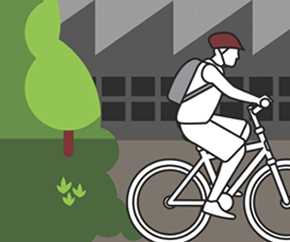
In today’s world, where environmental concerns are becoming increasingly important, finding ways to reduce our carbon footprint has become a top priority. One simple and effective way to contribute to a greener planet is by choosing to ride a bike instead of driving a car. Not only is biking a great form of exercise, but it also helps reduce air pollution and traffic congestion. In this article, we will provide you with some valuable tips on how to make your bike rides even more eco-friendly.
Choose a Green Bike: When it comes to eco-friendly cycling, the type of bike you ride matters. Opt for a bike that is made from sustainable materials and has a minimal environmental impact. Look for bikes made from recycled or recyclable materials, such as aluminum or steel. Additionally, consider purchasing a bike from a company that prioritizes sustainability in their manufacturing process.
Embrace Sustainable Accessories: Along with choosing a green bike, it’s essential to use sustainable accessories while cycling. Invest in a helmet made from recycled materials, and consider using a bike lock made from sustainable materials such as bamboo or recycled steel. Using eco-friendly accessories not only reduces waste but also promotes the use of sustainable materials in the cycling industry.
Practice Energy-Efficient Riding: Riding your bike in an energy-efficient manner can significantly reduce your carbon footprint. Start by maintaining proper tire pressure, as underinflated tires can increase rolling resistance and require more energy to pedal. Additionally, avoid unnecessary braking and acceleration, as these actions waste energy. Instead, try to maintain a steady pace and anticipate traffic and road conditions to avoid sudden stops and starts.
Reduce, Reuse, Recycle: The principles of reduce, reuse, and recycle can also be applied to eco-friendly cycling. Reduce the amount of waste generated during your rides by carrying a reusable water bottle and packing snacks in reusable containers. Reuse old bike parts when possible, and recycle any materials that cannot be repurposed. By adopting these practices, you can minimize your environmental impact while enjoying the many benefits of biking.
Contents
Choosing an Eco-Friendly Bike
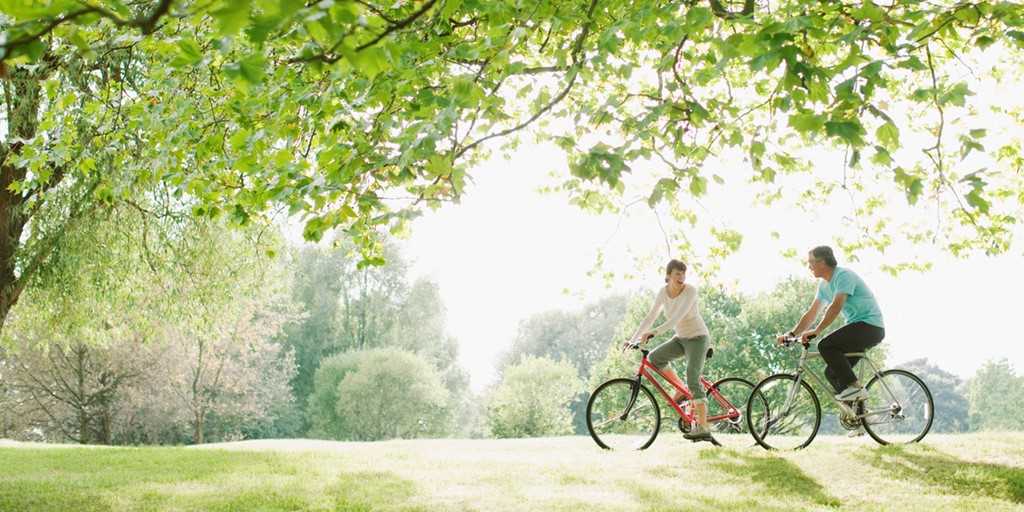
When it comes to choosing an eco-friendly bike, there are a few factors to consider. First and foremost, opt for a bike that is specifically designed to be green. Look for bikes made from sustainable materials, such as bamboo or recycled aluminum. These materials have a lower carbon footprint compared to traditional bike materials.
Another important factor to consider is the bike’s energy efficiency. Electric bikes, for example, are a great choice for eco-conscious riders. These bikes use a battery-powered motor to assist with pedaling, reducing the amount of energy required to ride. They are also a great option for riders who have longer commutes or live in hilly areas.
Additionally, consider the bike’s manufacturing process. Look for bikes that are produced in factories with sustainable practices, such as using renewable energy sources or minimizing waste. This ensures that the bike has a minimal impact on the environment from production to disposal.
Lastly, think about the bike’s overall lifespan and durability. A bike that is built to last will require fewer repairs and replacements, reducing waste and the need for new materials. Look for bikes with high-quality components and frames that are designed to withstand regular use.
By choosing a green bike, you can make a positive impact on the environment while enjoying the benefits of cycling. Whether you opt for a bamboo bike, an electric bike, or a bike produced with sustainable practices, you can ride with peace of mind knowing that you are making an eco-friendly choice.
Considerations for an Eco-Friendly Bike
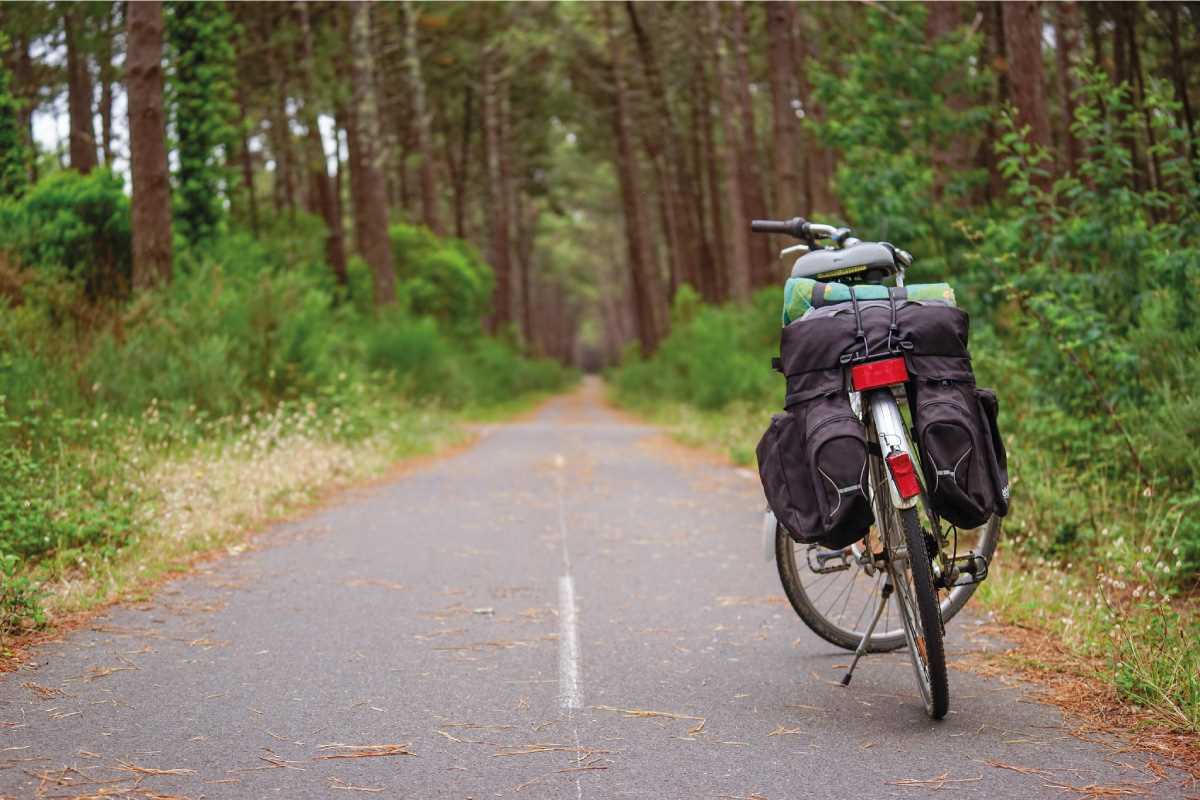
When it comes to choosing a green ride, your bike plays a crucial role. Here are some considerations to keep in mind for an eco-friendly bike:
| Material | Opt for bikes made from sustainable materials such as bamboo or recycled steel. These materials are not only environmentally friendly but also durable and lightweight. |
| Components | Choose bike components that are energy efficient and recyclable. Look for options like LED lights, regenerative braking systems, and biodegradable lubricants. |
| Manufacturing | Consider bikes that are manufactured using sustainable practices. Look for brands that prioritize fair trade, minimize waste, and reduce carbon emissions during the production process. |
| Transportation | Think about how you will transport your bike. Opt for bike racks or trailers that are designed to minimize wind resistance and improve fuel efficiency when attached to vehicles. |
| Maintenance | Regularly maintain your bike to ensure optimal performance and longevity. Use eco-friendly cleaning products and lubricants, and recycle any worn-out parts or accessories. |
| End of Life | Consider the end of life cycle of your bike. Look for options that can be easily recycled or repurposed, reducing the amount of waste sent to landfills. |
By considering these factors, you can ensure that your bike is not only a green mode of transportation but also a sustainable choice for the environment.
Benefits of Choosing an Eco-Friendly Bike

Choosing to ride a green bike can have numerous benefits for both you and the environment. Here are some of the key advantages:
- Reduced carbon emissions: By opting for an eco-friendly bike, you contribute to reducing carbon emissions that contribute to air pollution and climate change. Every time you ride your green bike instead of driving a car, you help to lower your carbon footprint.
- Improved air quality: Cycling produces zero emissions, unlike cars and motorcycles that release harmful pollutants into the air. By choosing an eco-friendly bike, you help to improve the air quality in your community.
- Health benefits: Riding a bike is a great form of exercise that can improve your cardiovascular health, strengthen your muscles, and help you maintain a healthy weight. Regular cycling can also boost your mood and reduce stress levels.
- Cost savings: Using an eco-friendly bike can save you money on fuel, parking fees, and maintenance costs associated with owning a car. Bicycles are much more affordable to purchase and maintain compared to motor vehicles.
- Convenience: Bicycles offer a convenient mode of transportation, especially for short trips and commuting in urban areas with heavy traffic. You can avoid the hassle of finding parking spaces and enjoy the flexibility to navigate through congested streets.
- Community connection: Cycling allows you to engage more with your surroundings and connect with your community. You can discover new routes, interact with other cyclists, and explore your neighborhood in a more intimate way.
- Reduced traffic congestion: Choosing a green bike over a car helps to reduce traffic congestion on the roads. By doing so, you contribute to a smoother and more efficient traffic flow, benefiting both cyclists and motorists.
By choosing an eco-friendly bike, you not only make a positive impact on the environment but also enjoy numerous personal benefits. So why not hop on your green bike and start riding towards a greener future?
Reducing Your Carbon Footprint
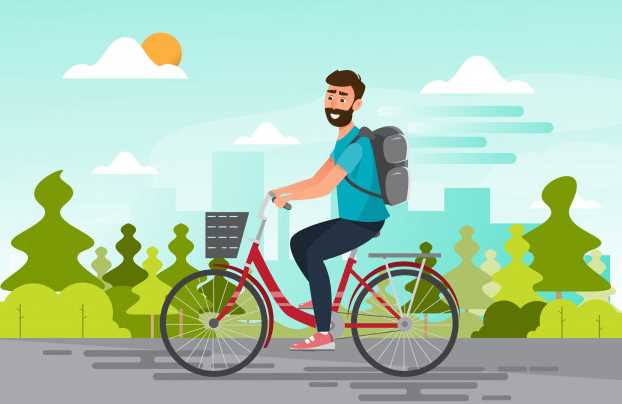
When it comes to reducing your carbon footprint, riding a green bike is a great way to make a positive impact on the environment. By choosing to ride a bike instead of driving a car or using public transportation, you can significantly reduce your carbon emissions.
Bikes do not emit any greenhouse gases or air pollutants, making them an eco-friendly mode of transportation. When you ride a bike, you are not contributing to air pollution or adding to the carbon dioxide levels in the atmosphere.
Here are some tips for reducing your carbon footprint while riding your green bike:
- Choose a bike made from sustainable materials, such as bamboo or recycled aluminum. These materials have a lower carbon footprint compared to traditional bike materials like steel or carbon fiber.
- Regularly maintain your bike to ensure it is running efficiently. Proper tire inflation, lubrication, and regular tune-ups can help reduce energy consumption and make your bike more eco-friendly.
- Opt for shorter routes or bike lanes whenever possible to reduce the distance traveled and minimize your carbon emissions.
- Consider using a bike trailer or panniers for carrying groceries or other items instead of driving a car. This will help reduce the number of trips you need to make and further decrease your carbon footprint.
- Whenever you can, choose to ride your bike instead of driving a car or using public transportation. Even replacing a few car trips with bike rides can have a significant impact on reducing your carbon emissions.
By incorporating these tips into your cycling routine, you can actively contribute to reducing your carbon footprint and promoting a greener, more sustainable future.
Practicing Energy-Efficient Cycling
When you ride your green bike, it’s important to practice energy-efficient cycling to minimize your environmental impact. Here are some tips to help you on your eco-friendly journey:
- Pedal smoothly: Maintaining a smooth pedal stroke helps to conserve energy and reduce unnecessary strain on your muscles. Focus on maintaining a steady cadence and avoid sudden bursts of power.
- Avoid unnecessary braking: Braking wastes the energy you’ve already put into pedaling. Anticipate traffic and obstacles ahead of time to minimize the need for sudden stops. Use your bike’s gears to slow down gradually instead of relying on your brakes.
- Choose the right gear: Using the appropriate gear for the terrain and your riding style can make a big difference in energy efficiency. Shift to a lower gear when going uphill to maintain a steady cadence, and shift to a higher gear when riding on flat or downhill sections to maximize your pedaling efficiency.
- Reduce wind resistance: Riding in an aerodynamic position can help you cut through the wind more efficiently. Keep your body low and streamlined, tuck in your elbows, and position your hands on the drops of your handlebars.
- Lighten your load: Carrying unnecessary weight on your bike can make it harder to pedal. Consider removing any non-essential items from your bike and only carry what you truly need.
- Maintain your bike: Regularly check and maintain your bike to ensure it’s running smoothly. Keep your tires properly inflated, lubricate your chain, and make sure your brakes are in good working order. A well-maintained bike will be more energy-efficient.
By practicing energy-efficient cycling, you can make your green bike rides even more eco-friendly. Not only will you reduce your carbon footprint, but you’ll also enjoy a more enjoyable and efficient ride.
Using Eco-Friendly Bike Accessories
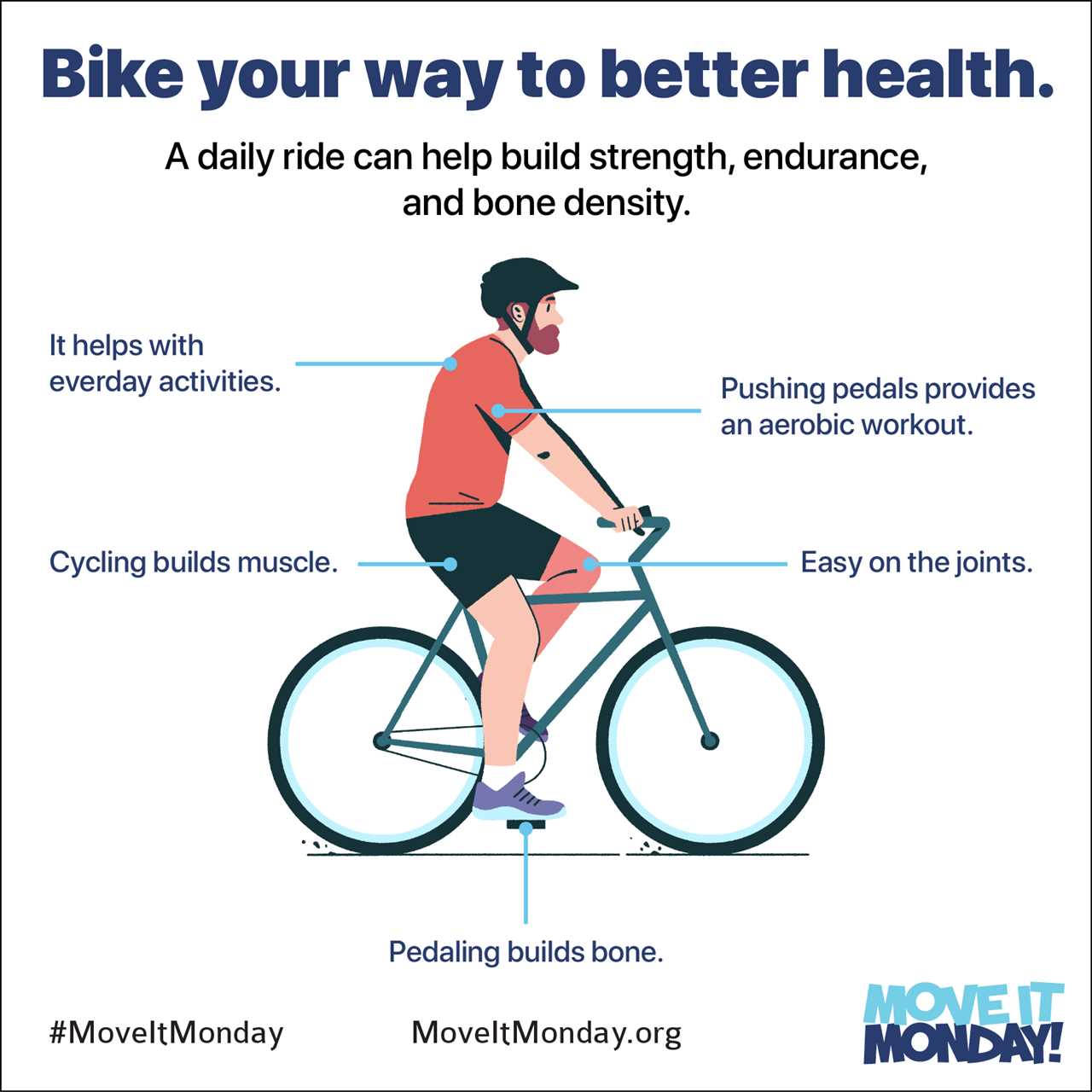
When you ride your green bike, it’s important to consider using eco-friendly bike accessories to further reduce your environmental impact. These accessories are designed with sustainability in mind and can make your cycling experience even greener.
One eco-friendly bike accessory you should consider is a bike bell made from recycled materials. This not only alerts pedestrians and other cyclists of your presence, but also reduces waste by repurposing materials that would otherwise end up in a landfill.
Another great eco-friendly accessory is a bike basket or pannier made from sustainable materials such as bamboo or recycled plastic. These accessories provide a convenient way to carry your belongings while reducing the need for single-use plastic bags or disposable packaging.
Investing in a set of eco-friendly bike lights is also a smart choice. Look for lights that are rechargeable or solar-powered, as these options eliminate the need for disposable batteries and reduce waste. Additionally, consider using reflective accessories such as vests or stickers to increase your visibility on the road without relying solely on electric lights.
Finally, consider using a saddle cover made from recycled materials or a sustainable fabric like organic cotton. This accessory not only adds a personal touch to your bike, but also helps to extend the life of your saddle and reduce waste.
By incorporating these eco-friendly bike accessories into your cycling routine, you can ride your green bike with even greater confidence knowing that you are making a positive impact on the environment.
Planning Eco-Friendly Routes
When planning your bike rides, consider choosing eco-friendly routes that will minimize your impact on the environment. Here are some tips to help you plan your rides:
- Look for bike lanes or dedicated bike paths in your area. These routes are often designed to be more eco-friendly, with less vehicle traffic and smoother surfaces.
- Avoid busy roads and highways whenever possible. Not only are they less safe for cyclists, but they also tend to have higher levels of air pollution.
- Consider using online maps or cycling apps that highlight eco-friendly routes. These tools can help you find bike-friendly roads and paths that are less congested and more scenic.
- Explore nature trails and parks in your area. These off-road routes not only provide a more peaceful and enjoyable ride, but they also allow you to experience the beauty of nature.
- Plan your rides to include stops at local businesses or attractions. This way, you can support the local economy while enjoying your bike ride.
- Consider joining a local cycling group or club. They often have established routes that are known to be bike-friendly and eco-friendly.
By planning eco-friendly routes for your bike rides, you can enjoy a more sustainable and enjoyable cycling experience.
Exploring Bike Paths and Trails
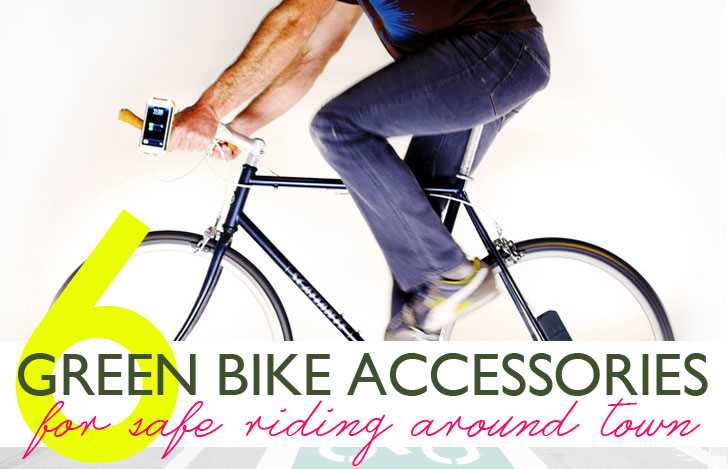
When you ride your green bike, one of the best ways to enjoy the outdoors and reduce your carbon footprint is by exploring bike paths and trails. These designated routes are perfect for cyclists of all skill levels and offer a safe and scenic environment to ride in.
Whether you are a beginner or an experienced cyclist, bike paths and trails provide a variety of options for you to choose from. You can ride through lush green forests, along breathtaking coastlines, or even explore urban areas with dedicated bike lanes. The possibilities are endless!
Exploring bike paths and trails not only allows you to connect with nature but also gives you the opportunity to discover new places and communities. You can ride through local parks, visit historic landmarks, or stop by charming cafes along the way. The journey becomes as important as the destination.
Remember to ride at a comfortable pace and always be aware of your surroundings. Use hand signals to communicate with other cyclists and pedestrians, and don’t forget to wear your helmet for added safety. It’s also a good idea to bring a reusable water bottle and some snacks to stay hydrated and energized during your ride.
So, grab your green bike and start exploring! Whether you’re riding solo or with friends, bike paths and trails offer a fun and eco-friendly way to enjoy the great outdoors. You’ll not only get exercise but also contribute to a cleaner and greener environment. Happy riding!
Utilizing Bike-Sharing Programs
If you don’t own a bike or don’t want to bring your own on a trip, utilizing bike-sharing programs is a great way to ride a bike and contribute to a greener environment. Bike-sharing programs are becoming increasingly popular in many cities around the world, offering convenient and eco-friendly transportation options.
These programs typically involve a network of bikes that are available for rent at various locations throughout the city. Users can easily locate and rent a bike by using a smartphone app or a membership card. The bikes are equipped with GPS trackers, making it easy to find and return them to designated stations.
By utilizing bike-sharing programs, you can enjoy the benefits of cycling without the hassle of owning and maintaining your own bike. It’s a cost-effective and sustainable way to get around the city, especially for short trips or commuting to work.
Not only are bike-sharing programs convenient, but they also promote a healthier lifestyle and reduce carbon emissions. Instead of driving a car or taking public transportation, you can opt for a bike ride, reducing your carbon footprint and improving air quality.
When using a bike-sharing program, it’s important to follow the rules and regulations set by the program. Always wear a helmet, obey traffic laws, and be mindful of pedestrians and other cyclists. It’s also a good idea to familiarize yourself with the bike-sharing program’s policies, such as rental fees, time limits, and bike maintenance.
So, if you’re looking for a green and convenient way to get around, consider utilizing bike-sharing programs. It’s a win-win situation – you get to enjoy the benefits of cycling while contributing to a greener environment.
| Benefits of Utilizing Bike-Sharing Programs |
|---|
| Convenient and eco-friendly transportation option |
| No need to own or maintain your own bike |
| Cost-effective way to get around the city |
| Promotes a healthier lifestyle |
| Reduces carbon emissions and improves air quality |
Maintaining Your Green Bike

Keeping your green bike in good condition is essential for a smooth and safe ride. Here are some tips to help you maintain your eco-friendly ride:
- Check your tires regularly: Proper tire pressure is important for a smooth and efficient ride. Make sure to check your tire pressure at least once a month and inflate them to the recommended level.
- Keep your chain clean: A dirty and rusty chain can cause your bike to perform poorly. Regularly clean and lubricate your chain to ensure smooth and efficient pedaling.
- Inspect your brakes: Check your brake pads regularly to ensure they are not worn out or damaged. Replace them if necessary to maintain optimal stopping power.
- Keep your bike clean: Regularly clean your green bike to remove dirt, dust, and grime. This will not only keep your bike looking good but also prevent any potential damage caused by dirt buildup.
- Store your bike properly: When not in use, store your green bike in a dry and secure place to prevent any damage from weather or theft.
- Get regular tune-ups: Schedule regular maintenance check-ups with a professional bike mechanic. They can spot any potential issues and ensure your bike is in top shape.
- Replace worn-out parts: Over time, certain parts of your bike may wear out and need replacement. Keep an eye on your bike’s components, such as tires, brake pads, and chainrings, and replace them when necessary.
By following these maintenance tips, you can ensure that your green bike stays in optimal condition for a long-lasting and enjoyable ride. Happy cycling!
Video:Go Green and Pedal On: Essential Tips for Environmentally-Friendly Cycling
The Lost Arts Of Cycling | Forgotten Bike Riding Tips & Techniques

Since childhood, I’ve been fascinated with vintage scooters and motorcycles. After university, I founded a workshop that restored classics like Vespas, Lambrettas, and MZs. With my girlfriend, Akiko Tanaka, I run the workshop’s website and showcase our custom restorations at iconic rallies across Europe and North America. Our Lambretta won first place at the 2019 Euro Lambretta meet in Germany. Through our website and global events, we share our passion for restoring and riding these retro rides.
